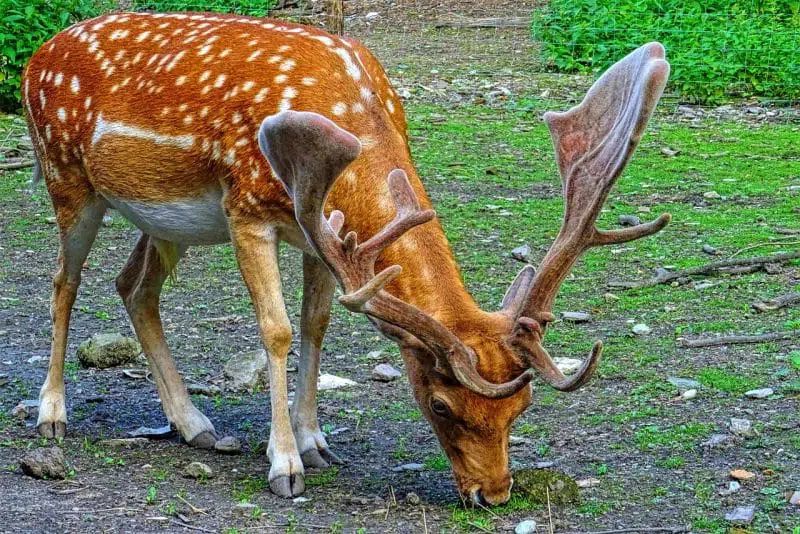Welcome to the land of deer poop, where there is excellent fertilizer!
Deer droppings, also known as deer scat, are an intriguing and essential part of the natural ecosystem. Deer poop can provide us with a wealth of information about the health of an animal and its habitat, ranging from what it has been eating to the condition of its digestive system.
Not only does deer scat tell us about the health of a single animal, but it can also provide insight into an entire population’s diet composition, range size, and general condition.
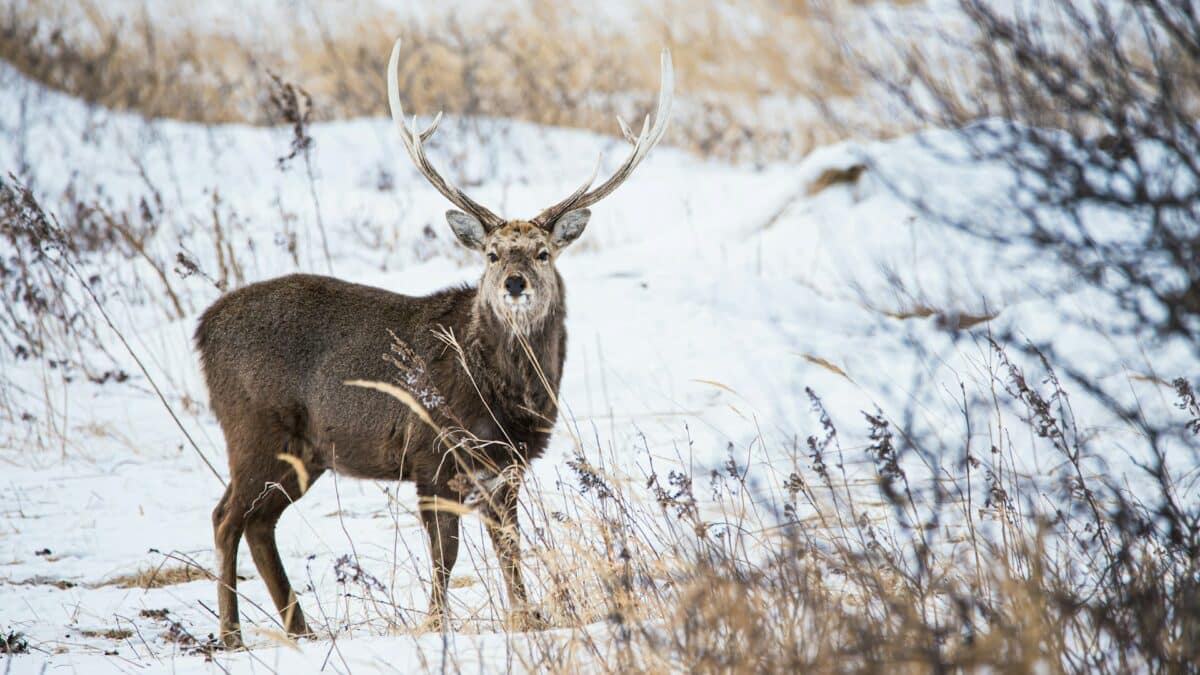
Want to jump ahead? Click below
What Is Deer Poop and Why Should You Care About It
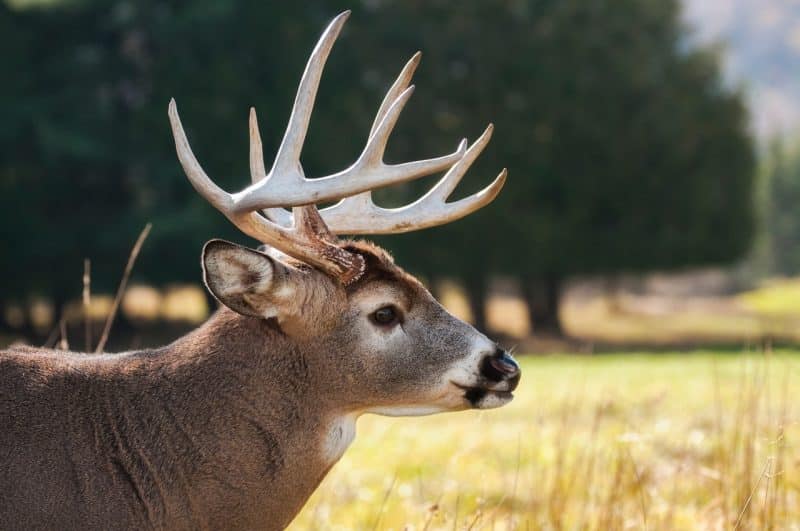
Regarding the outdoor environment, deer droppings are essential to their natural habitat. Different species of deer have their distinct droppings, allowing them to be easily identified.
Deer poop is a valuable tool for tracking and studying the movements of deer and acting as a source of food for other animals in the area.
But it’s not just about tracking deer; you should care about deer poop for many reasons. For one thing, deer feces is full of nutrients that can help the environment by providing essential minerals and nitrogen to the soil.
This helps plants to grow stronger and healthier, allowing them to resist diseases and pests better. Plus, deer droppings can also provide a valuable food source for other wildlife, such as birds and small mammals.
How to Identify Deer Poop and Distinguish It From Other Animal Droppings
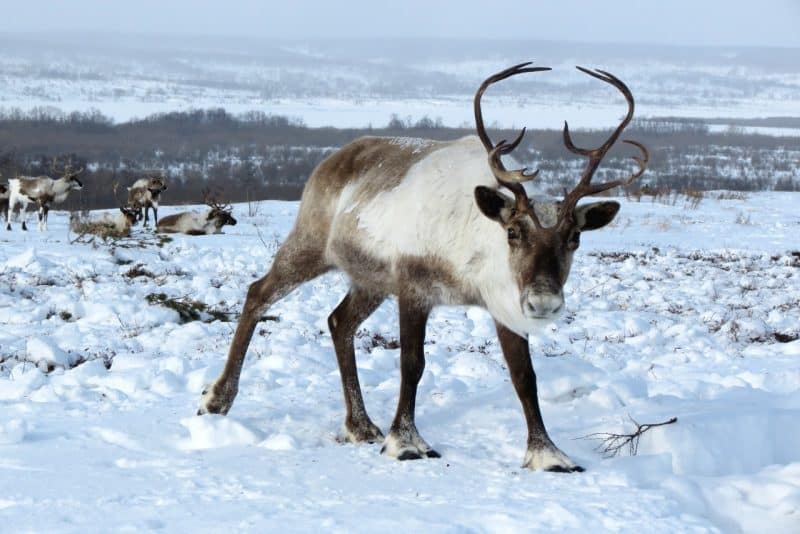
Deer scat is often easily identified due to its distinctive shape, size, color, and texture. Generally speaking, deer droppings will look like black or brown pellets with white tips on the ends, although they may vary in color depending on the vegetation they have been eating.
They tend to be relatively small (around 2cm) but more prominent if feeding on something high in fiber, such as grasses or leaves. The shape will usually be round or slightly oval-shaped with pointed ends.
Compared to other animal droppings, such as those from rabbits or squirrels, which tend to be soft and elongated, deer poops are much more complicated and dryer due to their high content of fibrous material that the animal’s gut bacteria have partially digested before it is excreted.
Furthermore, unlike rabbit poops which typically contain more than one pellet per dropping due to their mix of vegetation eaten, deer scat usually has just one piece per dropping because most forage these animals consume is not highly fibrous material.
This means it gets broken up into smaller pieces during digestion before being excreted in large single pellets or “scats” (the term used for individual droppings).
Familiar Places You May Find Deer Poop in Your Yard or Garden
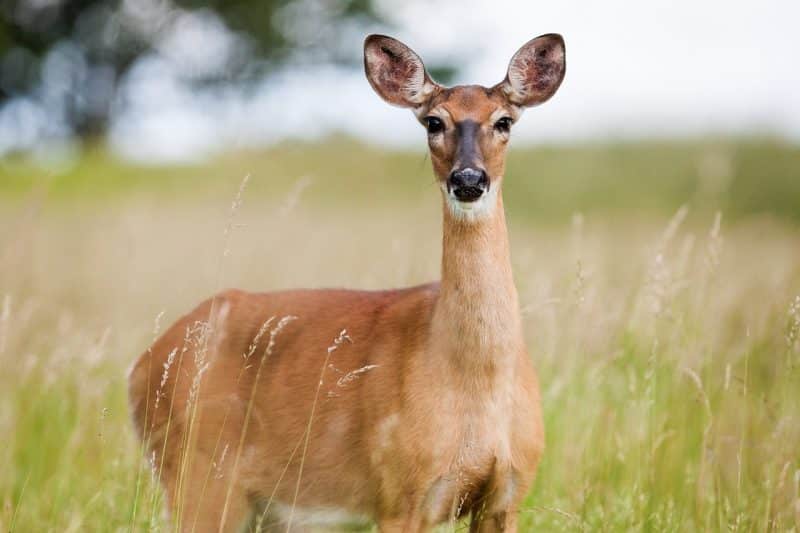
When observing the signs of deer in your garden, one of the most obvious ones is deer poop. It is usually easy to spot deer poop as it differs from other animal droppings and can be identified by its shape and composition.
Generally, deer poop is small and round, similar to a pellet, and shiny because it contains bits of undigested plant material. Deer are known for their grazing habits, so you may come across some fresh droppings in any open area where they feed.
These droppings may be scattered everywhere if you have a large lawn or meadow. Deer also tend to move around a lot throughout their habitats, so you might find some droppings near watering holes or pathways they walk along frequently.
Additionally, if trees or shrubs around your yard provide deer shelter, you’ll likely find some droppings nearby too.
The Benefits of Deer Poop for a Healthy Garden
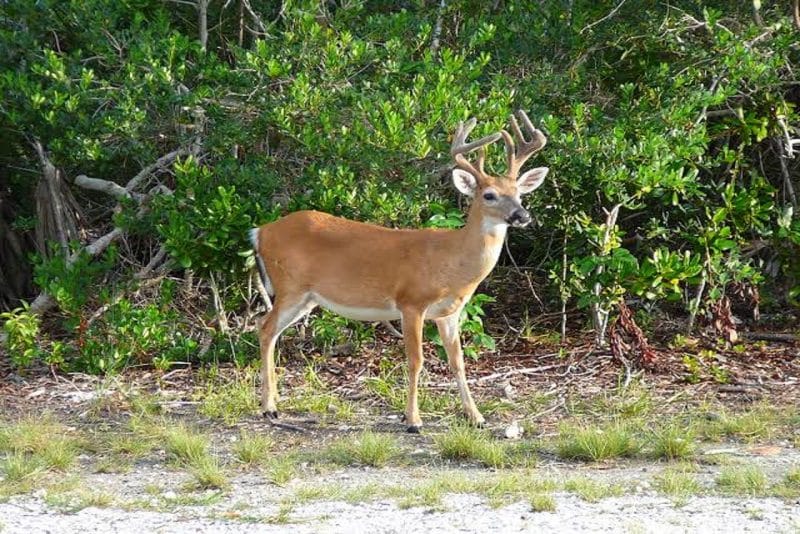
One benefit of having deer in your yard when gardening and maintaining healthy soil conditions is that their droppings provide natural fertilizer.
Deer poop contains essential nutrients like nitrogen and phosphorus, which help break down organic matter into nutrients available for plants during growth cycles. This helps create better-growing conditions for plants since it improves soil structure and water retention capacity.
Furthermore, since deer only consume vegetation from the area where they roam within the same habitat, their droppings don’t introduce new foreign substances into the environment that could potentially harm local vegetation.
Not only does this natural fertilizer help keep plants healthy, but it can also reduce costs associated with purchasing artificial fertilizers, which can be expensive over time.
As a bonus, using natural fertilizer helps attract beneficial organisms like earthworms which work towards aerating the soil even further while providing additional nutrition to growing plants through their excretions.
Ways to Keep Deer Away From Your Property and Reduce the Amount of Deer Poop
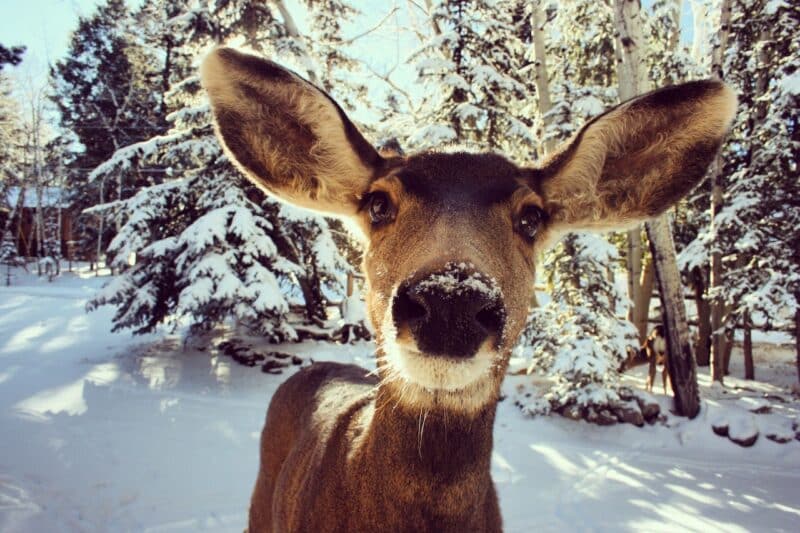
Deer can be a real nuisance when they roam onto your property. Especially when eating up your garden plants and leaving piles of poop. Fortunately, you can take a few steps to keep deer away from your property and reduce the amount of deer poop in the area.
One way to limit the deer population on your property is to install fences around the perimeter. Walls should be tall enough—usually at least eight feet tall—and sturdy enough that deer won’t be able to climb or jump over them.
Another way to deter deer is by planting strong-smelling plants like lavender or garlic around the perimeter of your yard, as well as thorny shrubs such as holly or barberry. You may also want to consider applying commercial deer repellents like liquid sprays or granules that make it unpleasant for deer to enter your property.
Finally, if you have a large number of deer present on your property, you will want to limit their access to food sources.
This means removing bird feeders and picking fruits and vegetables from nearby plants before they ripen so that the deer have nothing appealing to eat. By employing these strategies, you should reduce the amount of deer activity on your property.
Tips for Composting Deer Poop in a Safe Way to Benefit Your Garden
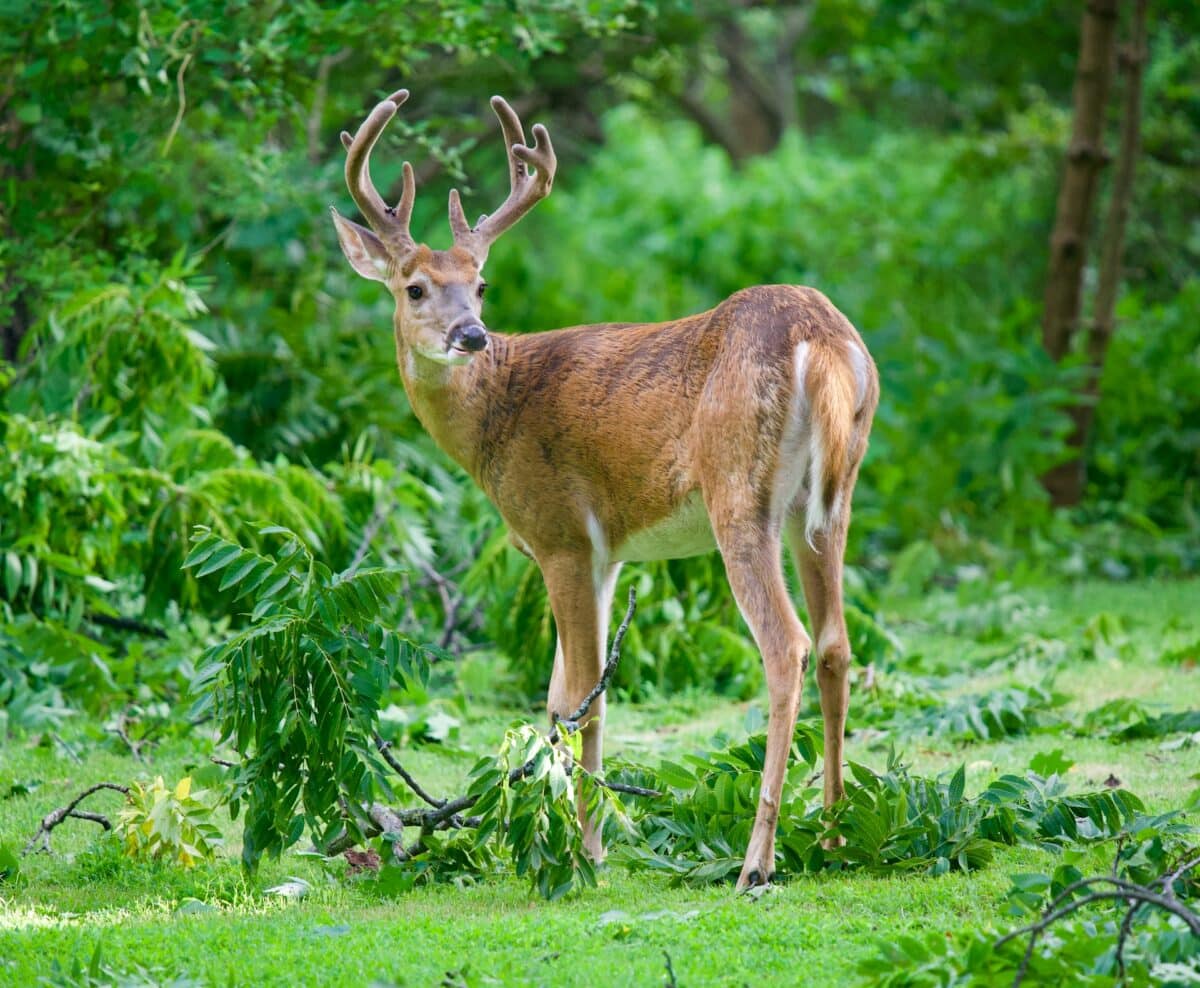
Although many people find it unsightly, composting deer poop can be very effective. This is to improve soil quality in your garden while reducing waste materials simultaneously. Before beginning this process, however, you must take certain precautions. This ensures you are composting safely and not contaminating your garden beds.
First, you must wear protective clothing, such as gloves and masks, when handling deer droppings. This is because they may contain parasites or other disease-causing organisms. These organisms could harm animals and humans if not handled correctly.
Next, try creating two separate piles—one with fresh droppings and one with older ones. These could have been sitting out for several months. Then use them separately in different areas of the garden. This is so pathogens have time to break down before being added to the soil. Finally, mix the droppings thoroughly with other organic matter, such as straw or leaves. This promotes them to decompose quickly without causing any harm once added to garden beds.
Following these tips for composting safely with deer droppings, you can benefit from improved soil quality. Especially without worrying about introducing potential health hazards into your garden beds.
Wrapping Up with Deer Poop
Deer droppings are an invaluable resource for determining individual animals’ and groups’ health and habits.
By studying deer scat, we can learn more about how they move throughout their environment, what they eat, and how they interact with other species in their ecosystem.
This knowledge is essential for conservation efforts that help keep our ecosystems balanced and growing.
Thanks for following along with us! Next up, Baby Deer.
Join our Forum for free today!

- Big Cats Love Mouthing Affection - July 22, 2024
- Kind Elephant Merciful To Lion Cubs - July 22, 2024
- Beachgoers Save Massive Shark Stranded In Florida - July 22, 2024

